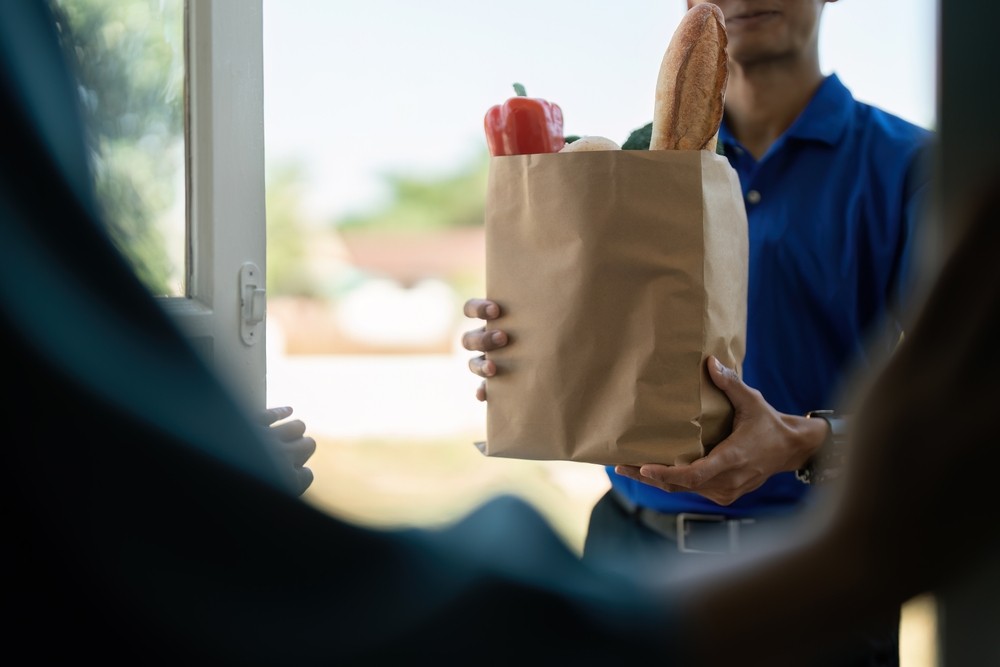One of the most significant shifts in grocery shopping has been the rise of delivery services, which offer the convenience of having groceries delivered directly to your door. This change has been driven by busy lifestyles, technological advancements, and the increasing demand for contactless shopping, especially in recent years. Grocery delivery services provide a level of convenience that was once unimaginable, allowing shoppers to order fresh produce, pantry staples, and household essentials from the comfort of their homes with just a few clicks.
However, with this convenience often comes the question: How do the costs of these services compare to traditional in-store shopping? While delivery services save time and effort, they also introduce new expenses, such as delivery fees, service charges, and potential markups on grocery items. These additional costs can add up over time, making it essential for budget-conscious consumers to weigh the financial trade-offs.
Aside from just the cost increases of each individual product, another downside is the loss of the ability to compare prices, take advantage of in-store promotions, and personally select fresh produce. These experiences of in-store shopping cannot be easily replicated through delivery platforms.
In-Store Shopping Costs
Traditional grocery shopping involves traveling to a physical store, selecting items, and purchasing them at the checkout counter. The costs associated with this method primarily include the prices of the items themselves. However, it is important to consider additional factors:
- Transportation Costs: Traveling to the store requires fuel, maintenance for your vehicle, and possibly parking fees. For those using public transport, the cost of fares should be added.
- Time Investment: In-store shopping can be time-consuming. What often starts as a quick trip can extend into hours, depending on the store’s size and your shopping list.
- Impulse Purchases: Stores are strategically designed to encourage extra purchases. Attractive displays and promotions can lead to unplanned expenditures.
Despite potential additional costs, shopping in-store gives the advantage of evaluating food quality and selecting fresh produce, which can be crucial for many shoppers.
The Cost Structure of Grocery Delivery Services
Grocery delivery services have become a formidable alternative, presenting a notably different cost structure. The potential costs incurred when opting for delivery include:
- Delivery Fees: Most services charge a delivery fee that can vary based on the order size or delivery speed. Frequent shoppers might face significant cumulative costs.
- Service Fees: An added percentage of the order that contributes to the service’s operational costs. This can easily range from 5-15% of the total bill.
- Price Markups: Some services may slightly mark up the prices of their items compared to in-store prices as a means of covering logistical expenses.
- Subscription Plans: For regular users, subscription plans offer ‘free’ delivery options for a monthly or yearly fee, saving money but requiring an upfront financial commitment.
While these extra costs can make delivery appear more expensive, they should be balanced with the savings on transportation costs, reduced impulse purchases, and time saved.
Convenience vs Cost Efficiency
Convenience is one of the most enticing selling points of grocery delivery services. A few clicks on an app can replace the task of navigating a crowded store for those with busy schedules or mobility concerns.
However, convenience can come at a premium. Delivery fees and service charges can add up quickly, impacting budgets significantly. For example, a $10 delivery fee on a $50 order instantly adds a 20% surcharge. Vice versa, large orders might dilute this additional cost, yet emphasize the need for planned, efficient shopping.
Comparative Cost Analysis: A Case Study
To illustrate these points more concretely, consider two scenarios. In the first scenario, a shopper orders $100 worth of groceries through a delivery service. They face a delivery fee of $7, a 10% service fee, and a minor 5% item price markup. Their effective cost would be:
- Order Total: $100
- Delivery Fee: $7
- Service Fee (10%): $10
- Price Markup (5%): $5
- Total: $122
In the second scenario, the same shopper travels to the store, incurring $5 in transportation costs. Although they avoid additional fees, they make $9 worth of impulse purchases, bringing their in-store cost to $114.
The direct financial comparison shows a slight favor towards in-store shopping. Yet, when factoring in the subjective value of time, often omitted in basic comparisons, the delivery service can become appealing, depending on personal time valuations.
Strategies for Cost-Effective Shopping
For cost-conscious consumers, employing strategic methods can level the playing field between delivery services and in-store shopping. Here are some effective approaches:
- Leverage Promotions and Coupons: Delivery services and stores frequently offer discounts or promotions. Keeping an eye out for these deals can mitigate the extra costs.
- Use Subscription Services Wisely: If delivery is a frequent need, investing in a subscription can pay off significantly. Be conscious of the commitment and if projected use justifies the expense.
- Plan Purchases and Bulk Buy: Maximizing order sizes can effectively spread fixed delivery costs across more items, lowering the effective ‘delivery cost per item’.
- Compare Retailers and Services: Prices and fees can vary significantly between providers. Taking the time to compare can reveal substantial savings.
Balancing Personal Preferences and Budgets
The decision to opt for in-store shopping versus grocery delivery services involves balancing costs against convenience and personal priorities. For some, the tactile experience of handling products, coupled with immediate inventory availability, places a premium on in-store visits. Conversely, for others, especially those in urban environments or with limited mobility, delivery presents invaluable convenience and time-saving benefits.
Those focused on cost-efficiency should also consider hybrid approaches. Mixing delivery with occasional in-person shopping can optimize savings, taking advantage of both environments’ distinct cost structures.
As technology continues to drive changes in how goods are consumed, customers will benefit from maintaining awareness of how to maximize their purchasing power. By weighing total costs — financial and time-based — shoppers can confidently navigate both aisles and apps, making the best choice for their lifestyle and budget.



